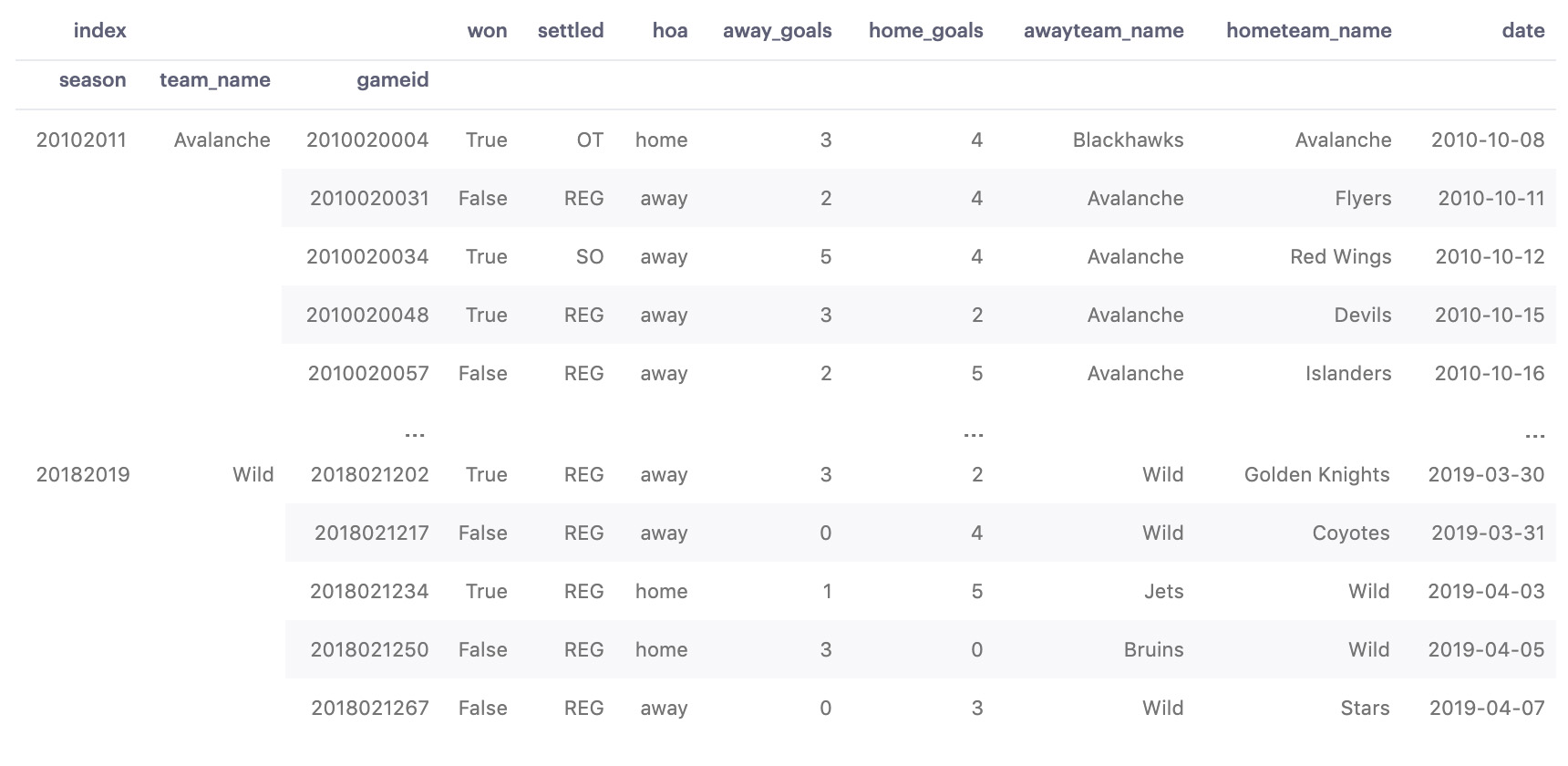
Have I mentioned how much I love a cup of coffee?!?! Visit the Portfolio-Projects page to see blog post/technical writing I have completed for clients. Please share your findings here, with someone else you know who would get the same value out of it as well. I truly hope you discovered something interesting and enlightening. Thank you for taking the time to read this post. Like what you have read? See anything incorrect? Please comment below and thanks for reading!!! A Call To Action! As I continue to learn about it, expect to see more blog posts forthcoming in the future… Its interaction with SQL databases – and SQLAlchemy in general – opens up several possibilities to work with data in different ways. The more I use and study pandas, the more it impresses me. Visit the below on-line resources on many of the topics covered in this post for an in-depth look into them: I think of this as pandas version of the SQL clause ON table_1. The on parameter specifies what key (or index according to the docs) the JOIN should be performed on. “inner: use intersection of keys from both frames, similar to a SQL inner join preserve the order of the left keys.” Below is a portion of the verbiage quoted from the on-line documentation: Next, the how = 'inner' parameter specifies a SQL-like JOIN. First, ‘shoes’ is the DataFrame I am merging with. Here’s a rundown on the 3 parameters used in this example. For this example, I’ll look at just 3 of them: ‘shoes’, how, and on.
PANDAS MERGE DATAFRAMES FULL
Visit the documentation (link in closing section) for the full range of them. Pandas merge ( ) accepts several optional parameters. Using merge ( ) you can do exactly that, merge DataFrames. Recall both the ‘stats’ and ‘shoes’ DataFrame’s have roughly the same data as that of the read_sql ( ) INNER JOIN query.

merge ( ) function, I can retrieve those same results in a slightly different manner versus the actual SQL JOIN query.


 0 kommentar(er)
0 kommentar(er)
